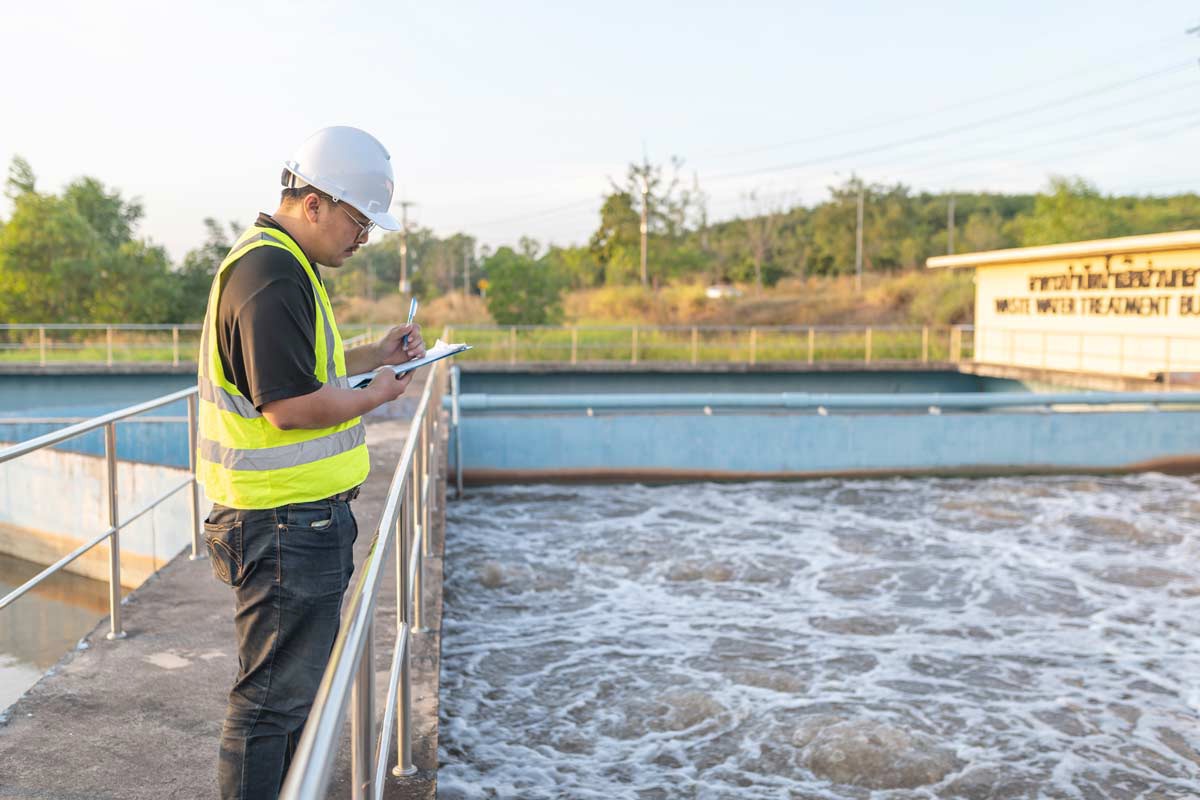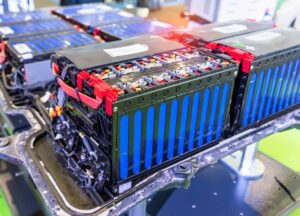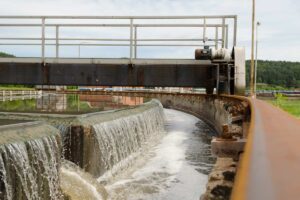Wastewater treatment has become a critical issue in recent years due to growing demand and the deterioration of freshwater resources. Hydrolyzer process is one of the effective methods for treating wastewater. The hydrolyzer process, which uses anaerobic digestion, can reduce the concentration of organic matter in wastewater by 90%. However, it is not always the best solution for treating wastewater. In this blog post, we will explore the hydrolyzer process for wastewater treatment and its alternatives.
The hydrolyzer process for wastewater treatment starts with pumping sewage into the hydrolyzer tank, where the wastewater is treated by anaerobic bacteria. Anaerobic digestion consists of four stages. The first stage is hydrolysis, in which large organic compounds are broken down into smaller ones. The second stage is acidogenesis, in which the organic compounds are transformed into volatile fatty acids. In the third stage, acetogenesis, volatile fatty acids are transformed into acetic acid. In the fourth stage, methanogenesis, acetic acid and carbon dioxide are transformed into methane and water.
The hydrolyzer process has some limitations. The process only works effectively with organic matter, and it cannot treat inorganic matter such as chemicals and heavy metals. Moreover, the hydrolyzer process produces sludge, which requires further treatment. Other alternative treatments for wastewater include physical, chemical, and biological methods.
Physical methods, such as screening, sedimentation, and filtration, separate the solid particles from the wastewater. Chemical treatment involves adding chemical agents to destroy pathogens or to remove pollutants. Biological methods include aerobic and anaerobic treatment. Aerobic treatment uses oxygen to decompose organic matter, while anaerobic treatment uses bacteria to decompose it. Biological methods are cost-effective, but they require a large area and a longer processing time.
Another popular alternative for wastewater treatment is the membrane bioreactor (MBR). MBR is a combination of biological and physical methods. This method uses bacteria to decompose organic matter, and a membrane to separate the particles from the wastewater. MBR has several advantages, including a smaller footprint, a reduced processing time, and a high-quality effluent.
In conclusion, wastewater treatment is a critical issue, and the hydrolyzer process is one of the effective methods for treating wastewater. Despite its effectiveness, the hydrolyzer process has some limitations with regards to the type of matter it can treat. Alternative treatments, such as physical, chemical, biological methods, and MBRs, are also effective and should be considered based on the specific wastewater conditions. The choice of the appropriate wastewater treatment process should be made based on the type and quantity of pollutants and the economic and environmental factors of the local area. Ultimately, it is important to continuously evaluate and improve upon wastewater treatment processes to ensure clean water resources for the future.





